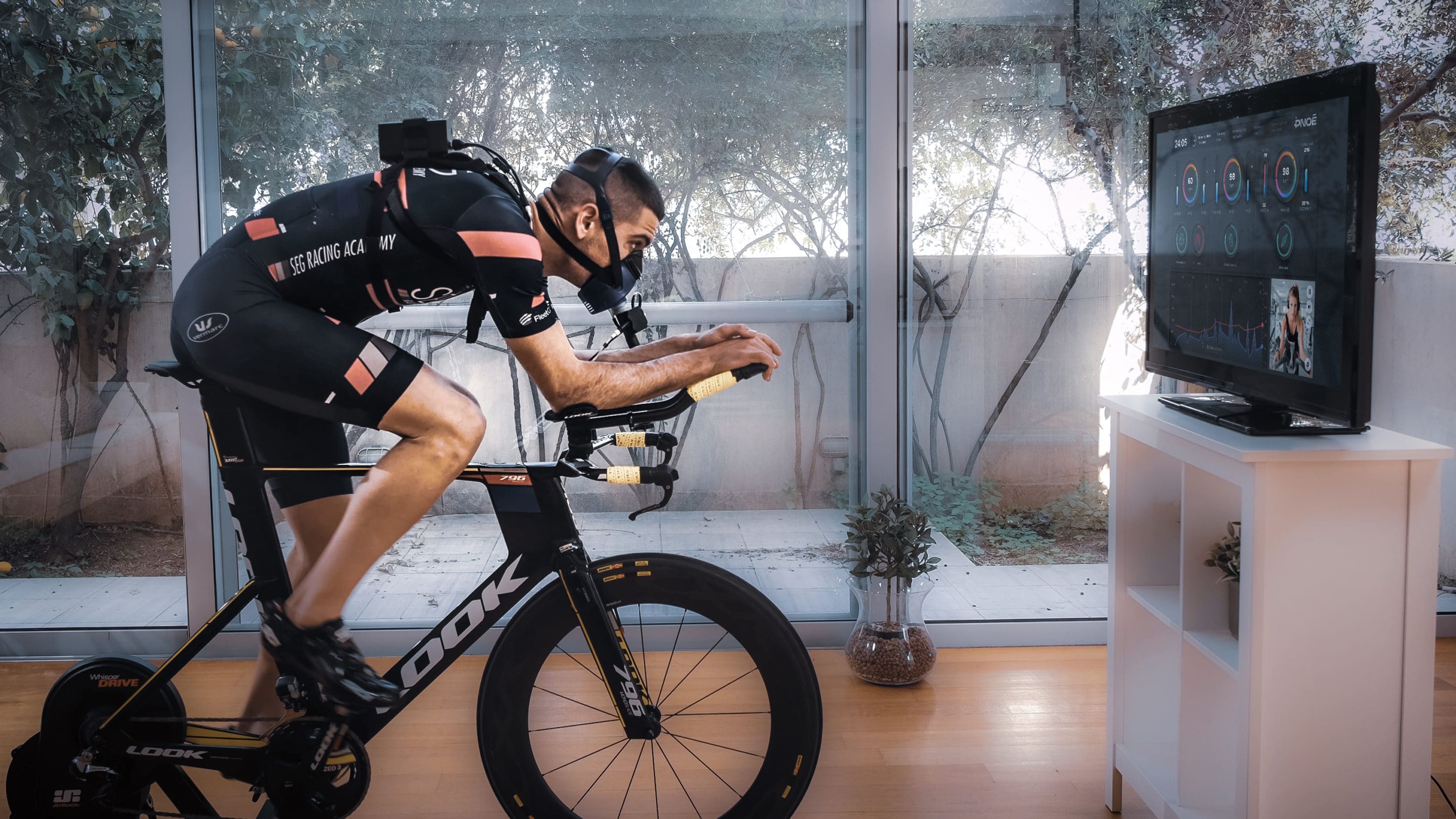You’re busy with work, life and training. With so much going on, it’s helpful to see if your hard work is paying off. Where does your fitness stand right now? Is there a way you can do things better and train smarter?
A performance assessment is a great tool for cyclists (or in fact, any athlete) to gain valuable data to understand their baseline and to help better guide their training. Learn more about some of the data a performance assessment will tell you and why this data matters:
VO2 Max – What is It and How Can It Help Me?
In a good performance assessment, a coach will measure something called VO2 Max. Your VO2 Max can help provide insight into your current performance. Also, it can guide your training plan to ensure you continue improving and be used to track progress.
VO2 Max measures the amount of oxygen your body can take in and use during maximal exercise. This is basically your ‘upper limit’ when it comes to intense exercise. The measurement looks at the liters of oxygen you consume per minute. The number we get helps us look at the health and function of different systems.
In other words, how well you breath in, extract oxygen from the atmosphere via the lungs, how well that oxygen is loaded into the circulator system and delivered to working muscles via the heart and arteries, and finally how well the muscles extract and use that oxygen. (1)
Cycling is an aerobic sport and cyclists are highly dependent on using oxygen for energy production. Therefore, VO2 Max is a large contributing factor to how well you can perform on the bike.

Functional Threshold Power, What is It and Why Should I Know It?
In addition to measuring VO2 Max, a good assessment for cyclists will also find Functional Threshold Power (FTP). FTP is the highest power output that you can hold for ~60 minutes. FTP is a good indication of your specific anaerobic threshold, meaning you will know exactly how hard you can work before anaerobic energy systems begin contributing excessively (2).
This shift is typically noticed as an intense burning sensation in the muscle, as anaerobic energy system produces metabolic by-products such as hydrogen ions leading to the burn. This will allow you to optimize your training by using percentage of FTP to create specific training zones that correlate to specific training goals, for example a work rate of 56-75% of your FTP would be an ideal training zone for developing aerobic endurance.
Our performance assessment will provide you with your HR (heart rate) at threshold, power at threshold, VO2 Max and more. You’ll gain a deeper understanding of your current level of performance, and data to optimize your training. Learn more about assessments and services at Altitude: ASSESSMENTS

Altitude Athletic is Toronto’s first and one of the largest altitude training facilities in the world. We’re here to help you prepare for your next big climb, event or meet your health goals. Click here to learn more about what we do at Altitude.
References
(1) “Measurement of VO2 Max-VO2 Peak is no longer acceptable”. David C. Poole and Andrew M. Jones. Journal of Applied Physiology (2017).
https://journals.physiology.org/doi/full/10.1152/japplphysiol.01063.2016
(2) “Functional Threshold Power in Cyclists: Validity of the Concept and Physiological Responses.” Borszcz, Fernando and Tramontin, Artur and Bossi, Arthur and Carminatti, Lorival and Costa, Vitor. (2018). International Journal of Sports Medicine
(3) “VO2 Primer” University of California – Davis. Health – Sports Medicine: VO2 – Rate of Oxygen Consumption
